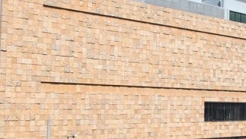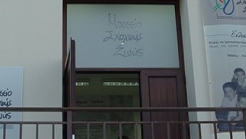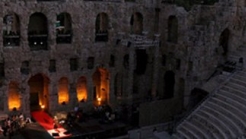

Greece
The exhibits cover the 2ND millennium B.C. on the island of Crete. The report presents 3000 exhibits from all over the island of Crete and the ethnic taxonomic status of social work human.
The Museum Cretan Ethnology (SVC) consists of an exhibition complex and from a research and Conference Center in a separate building, where all the other functions of the museum: research, training, conferences, Library, drawing board, Audio Labs, photography, maintenance, workshops, File and stores.
The exhibits cover the 2ND millennium B.C. on the island of Crete. The report presents 3000 exhibits from all over the island of Crete and the ethnic taxonomic status of social work human.
The museological methodology of the report is that of G. H. Riviere,Musee National des Arts et Traditions Populaires(ATP), in Paris. The report has received the 1992 special praise in the context of the award of the European Museum of the year (ΕΜΥΑ) from the European Museum Forum and the Council of Europe.
The report concerns the traditional life of Cretans, to protect the 2ND A.D. millennium.
1. Food: from the harvest and the crop in consumption, absolute priority for survival.
2. Architecture: the family shelter, public buildings.
3. Textile: Investment home and garment.
4. Arts – Trade: handicrafts, transformation of natural resources into utensils and tools. The overproduction creates the transaction and trade.
5. Transport: Movement of Man for commercial, etc. reasons, transportation, communications.
6. Customs and traditions: symbolic collective functions.
7. Social organization: popular culture in a society oral tradition.


The National Museum of Modern Art began operating in 2000. This was a step to fill a big gap that existed for many years on international modern art for Athens.


The Museum school life N. Chania was founded by the Local Authority Chania after initiative and proposal educational and spiritual people.


The Athens festival is big celebration, which continues the active presence for 56 consecutive summers, which have shown some of the most famous names of the theater, music, dance, the field of music is Mitropoulos and Callas, Sain-Saens and Rostropovits, Pavarotti, Leonidas Kabakos
1039 Ε 6061 01515 00